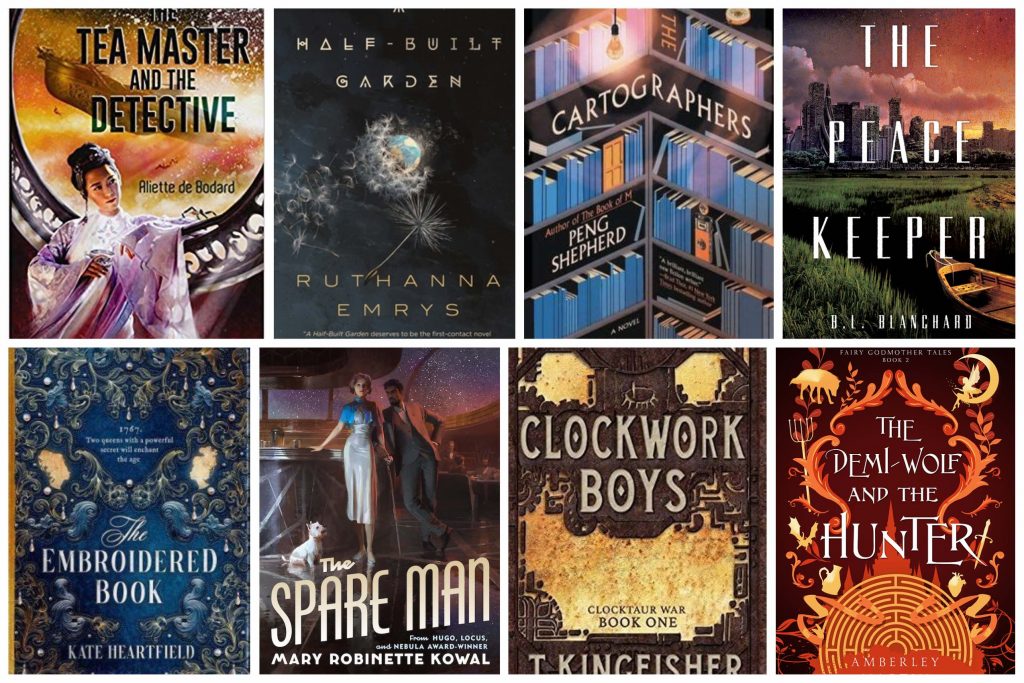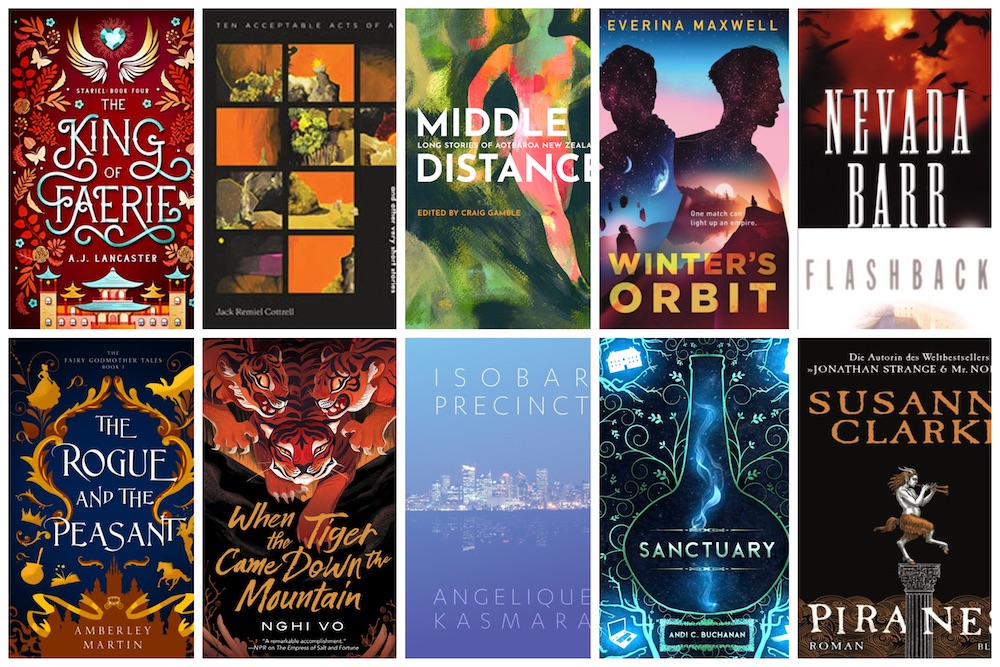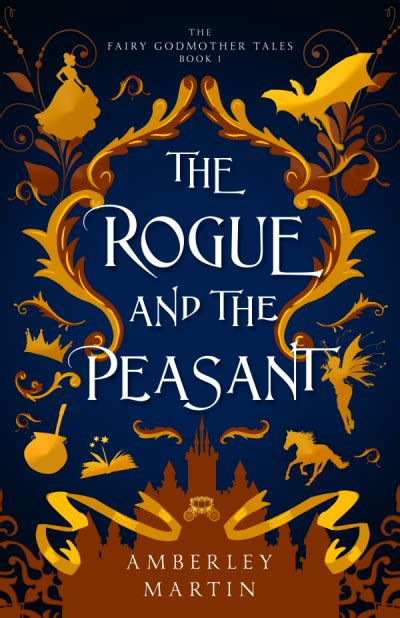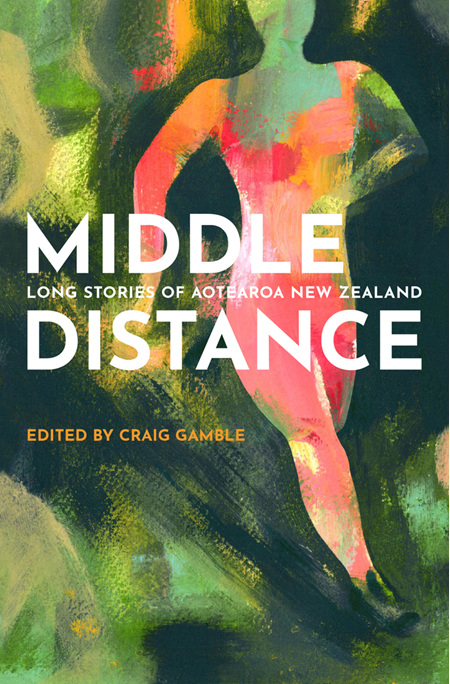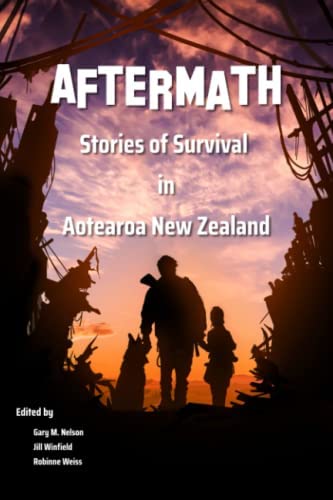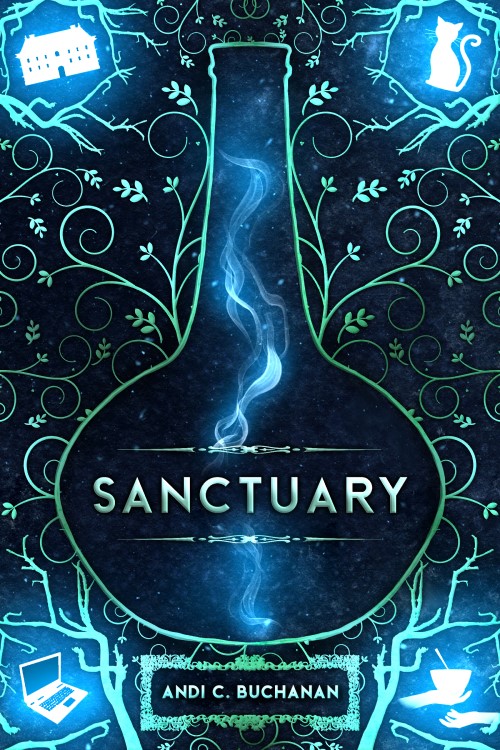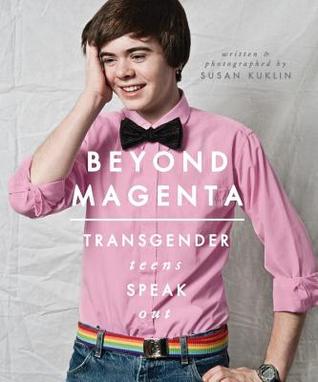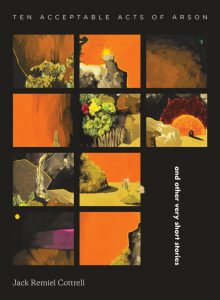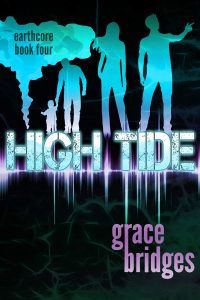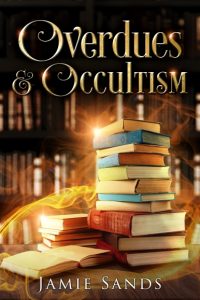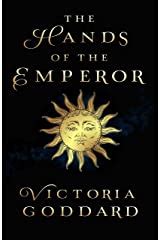
I am conflicted about The Hands of the Emperor, by Victoria Goddard. I’m giving it three stars on goodreads.com, a compromise between five stars (It’s wonderful! You have to read it!) and two (meh).
Let’s start with the part I loved. This fantasy novel contains a beautiful, riveting story about a man—His Radiancy, Lord Artorin Damara, the Last Emperor of the Astandala, a god come to Earth—who is trapped by responsibilities and ritual, and slowly dying in the gilded cage of his position. It is strictly taboo for anyone to touch him; if or when the strictures protecting him are violated, people die. In all the years he has been emperor he has not felt the comforting touch of another human being. Even the Royal Physician and the people who dress him have magical instruments to assist them in doing their jobs from a respectful distance.
Cliopher (Kip) Mdang—His Radiancy’s secretary, the man who sees that things get done—realises that His Radiancy needs a vacation, and organises a trip away from the capital city. The subsequent voyage across the South Seas Wide Seas and holiday in a beach house near Kip’s hometown set in motion cascading events that lead to hard choices His Radiancy must make, and a possible way out. They also lead to deepening friendships between and among His Radiancy and his senior attendants.
His Radiancy is a terrific character, exuding compassion, empathy, and gravitas, mixed with frustration and an impeccable sense of humour. I enjoyed nearly every scene in which he was the central character. Unfortunately, he isn’t the book’s main character; Kip Mdang is. His Radiancy makes his momentous decision less than a third of the way into this long book, and then the focus shifts to Kip and his problems with his family and the civil service. Except for one health crisis (chapters 36 through 49, out of 80), His Radiancy fades into the background in the rest of the book. The longer it went on, the more irritated with it I became, and it’s a very long book indeed.
Kip is the book’s biggest problem. At the beginning he comes across as a self-effacing civil servant, a workaholic policy wonk in late middle age who reads all the reports that come across his desk and has an encyclopaedic memory for detail. He appears set on a course headed for either burnout or a heart attack from overwork. Although the first chapter says he is head of the Imperial Bureaucratic Service, he seems more comfortable with massaging data than in dealing with actual people. So far, so good. This is someone I can understand, and accept as a real person.
But then it gradually becomes clearer that Kip really is the Secretary in Chief: a capable administrator of a large bureaucracy, and the second most important person in the empire’s government, after only His Radiancy himself. This is where he started to bother me. In my view (admittedly making sweeping generalisations here), detail-oriented bureaucrats and people-savvy, politically-adept executives tend not to appear in the same person, and people who climb to the highest levels of government service tend to have inflated egos, but hey, extraordinary people do appear occasionally. I was willing to accept this version of him, too, for the sake of the story.
Unfortunately, the author wasn’t done building up Kip, and the longer the book went on the less I liked him[1]. By the end, he was the most glaring example I have see in years of a Gary Stu—a character whose existence deforms the universe around them to show how wonderful they are. Goddard lays an unbelievable list of accomplishments on him—reform of the postal service, implementation of a progressive tax system and a universal basic income, hospitals, … a liberal’s dream agenda—until at the end he is being lauded as the most important person in the history of the Astandalan government, and I’m ready to heave the book across the room.
That brings us to the second problem: Kip doesn’t seem to have encountered any serious friction in implementing his reforms. People and governments just don’t work like that. People don’t like change, even when it’s good for them, and the societal changes Kip is credited with would have been massive. After the aforementioned crisis, I kept waiting for blowback from Kip’s assault on the religious hierarchy, but it was never mentioned again. Seriously? Besides the priests, there are the nobles. They wouldn’t all be stupid; somebody would have grasped how he was undercutting them and would be pushing back. (Not to mention that any one of those reforms would be a life’s work for a normal person; reformers don’t often get things right on the first try.)
Kip’s problems with his family aren’t believable either. Yes, I understand that, at the start of the book, the provincial islanders he comes from might not understand that “Secretary in Chief” is a different beast from a secretary/clerk assisting his boss with his correspondence and calendar, but they should have gotten the message after he was promoted to Lord Chancellor. We are told over and over again what gossips the members of his huge family are, and how he’s related to half the population of Gorjo City, so why is it that they don’t talk about him? Half a dozen members of his family are visiting him when His Radiancy’s health crisis occurs, but a few years later Kip’s best friend from childhood, living only two or three blocks from his mother and sister and seeing them on a regular basis, hasn’t heard any of the details of that visit? Not credible. Just, not.
Did I mention that this is a long book? At 900 pages (hardcover) and 319K words (according to Kobo), it’s a doorstopper. (For comparison, Jonathan Strange and Mr Norrell—another doorstopper—is 332K words. For the Nebula Awards, the dividing line between novella and novel is 40K words.) Most of the second half of The Hands of the Emperor is either Kip losing his temper and telling someone off, or some wide-eyed relative being reminded of how important he is. (They seem to forget that with astonishing regularity.) One or two of these scenes can feel satisfying, even cathartic. After that, the repetition gets tedious. I skimmed a lot of the second half, looking for His Radiancy’s appearances. I would have liked this book twice as much at half the length, and at 160K words, it still would have been a long book.
On looking back at what I’ve written, I realise it turned into a rant. (And I didn’t even get into the cultural appropriation, or the time slippage inconsistencies.) So why have I bothered to write about it? Because the beauty of some parts of it make the disappointments of the rest harder to bear. As I said earlier, there are parts of it I loved: His Radiancy’s vacation; the emphasis on kindness, empathy, friendship, and respect; the image of a communist islander in a grass skirt and shell necklace winning his case before the assembled nobles; middle-aged protagonists; Kip’s story of his voyage across the Wide Seas in a boat he built himself; great world building; …
I would happily read other stories Goddard has written about His Radiancy. I’m just not interested in hearing any more about Kip.
If you want to read His Radiancy’s story, I suggest you read chapters 1 through 20, 36 through 49, and skim or skip most of the rest.
Trigger warnings: a brief discussion of cannibalism, and one also brief incidence of violence. Otherwise, nothing. No sex, no bad language. People behave themselves and are polite to each other. How refreshing.
[1] If Kip is so brilliant, why did it take him so [insert-your-favourite-expletive] long to realise His Radiancy needed a holiday? Oof.
